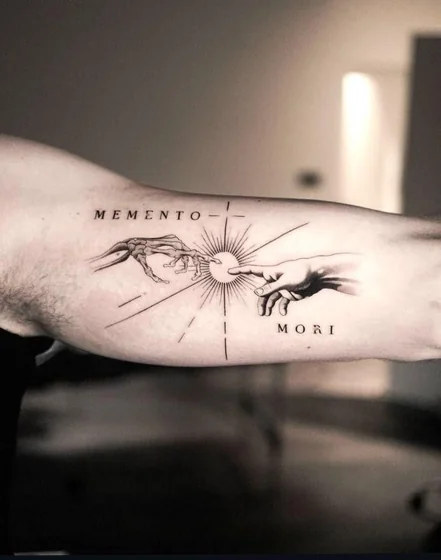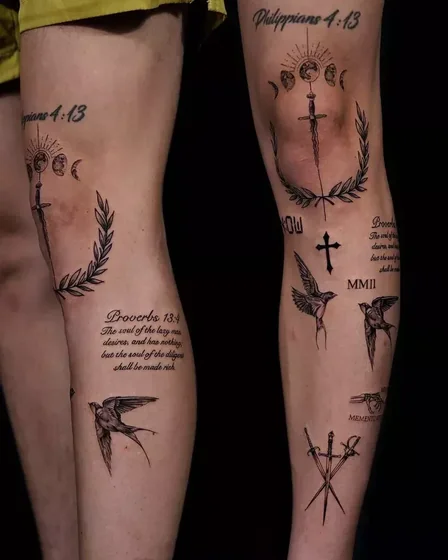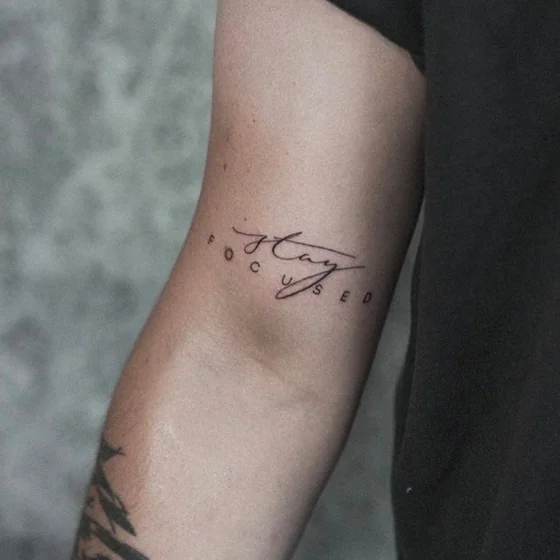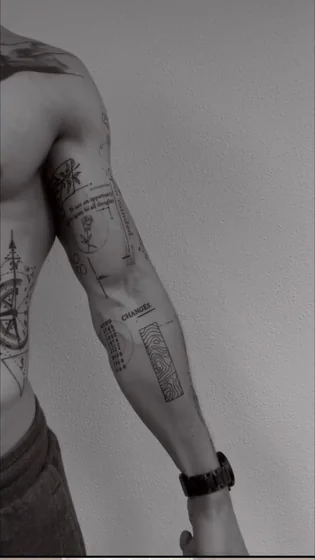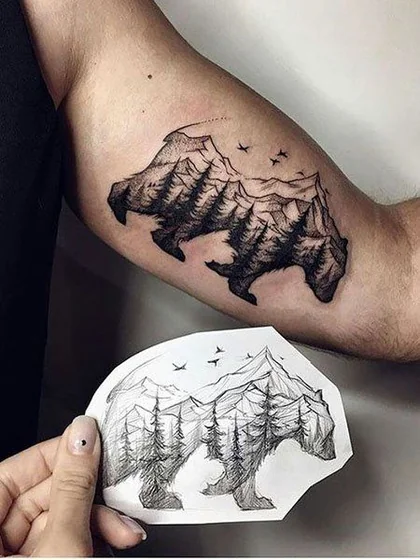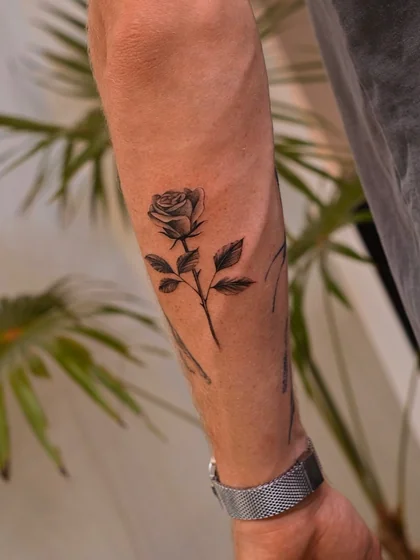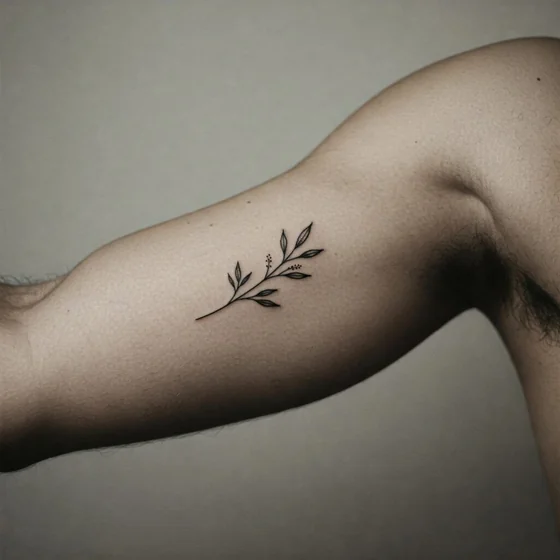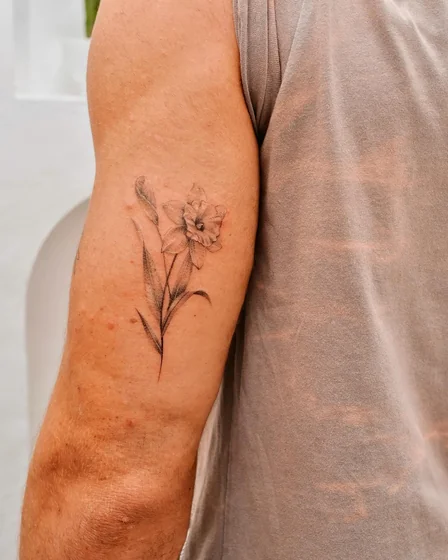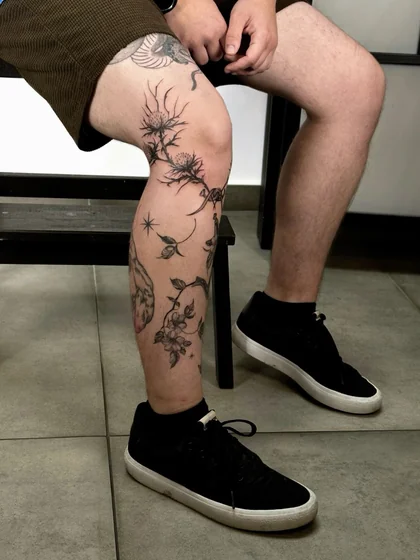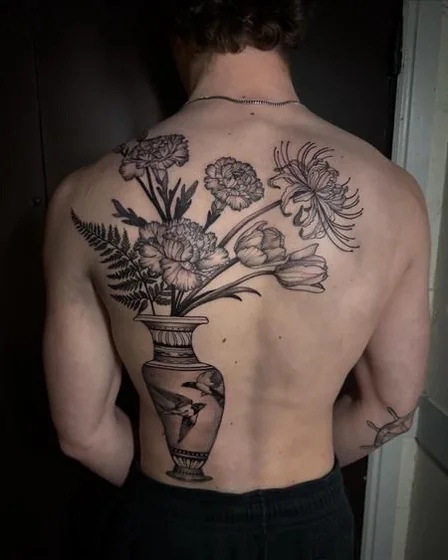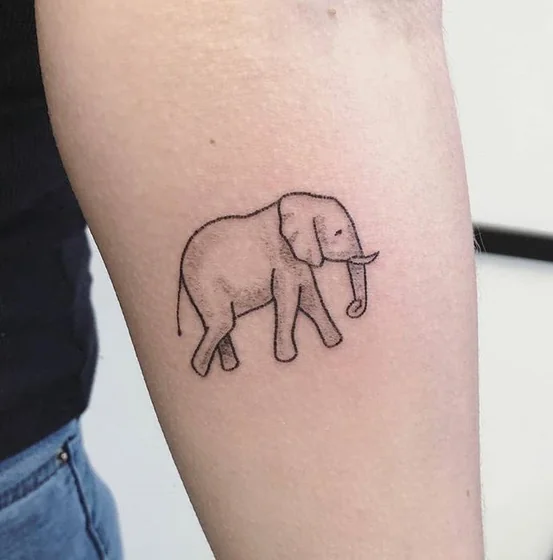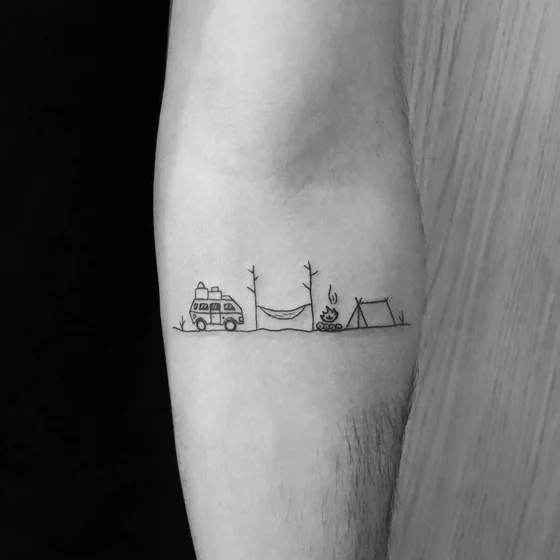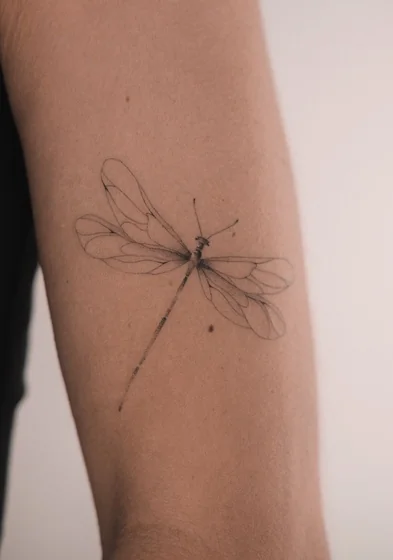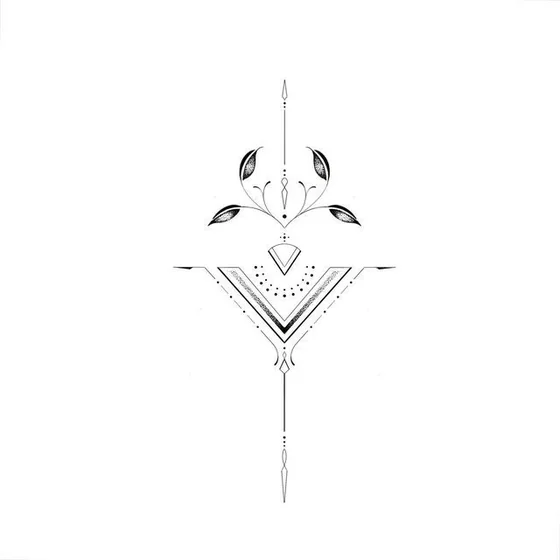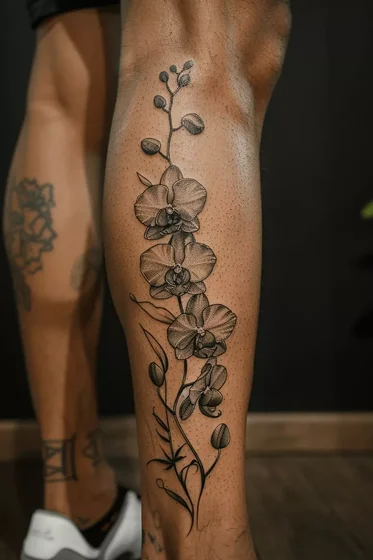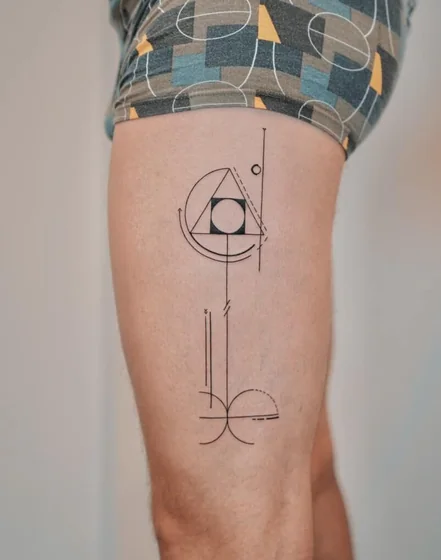Filters
Tattoo Ideas
3D Virtual Try-On
Stop guessing. See exactly how your tattoo will look on your body. Upload your design, and visualize it instantly.
- Realistic 3D skin simulation
- Multiple body positions
- Upload your own design
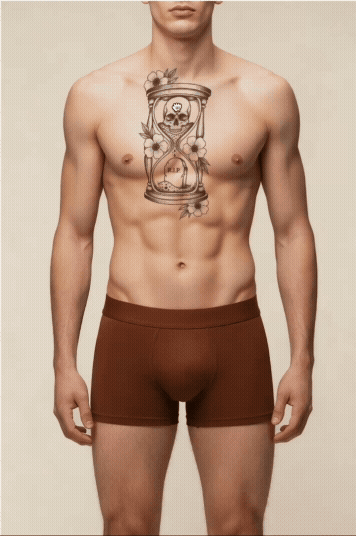
Masculine Aesthetics in Delicate Linework
Fine line tattoos for men utilize precision to amplify masculine strength through restraint and intentionality. The style functions like a tailored suit compared to a loud graphic tee—sophisticated, disciplined, and sharp. Geometric mountain ranges, architectural skylines, or minimalist wildlife profiles project a quiet confidence that resonates in professional settings.
Effective masculine designs rely on scale and negative space. To avoid looking "dainty," compositions should be scaled to a minimum of 4-6 inches. A design that looks delicate on the wrist commands respect when expanded to cover the outer forearm. Strategic negative space prevents clutter, ensuring the ink reads clearly from a conversational distance.
Design Concepts That Resonate With Male Clients
Motion-based imagery is a top performer: waves, wind patterns, and contour maps suggest dynamism without heavy shading. Abstract representations of data—such as coordinate lines, sound waves, or blueprints—tell personal stories while maintaining a clean, technical visual.
Micro-landscapes are gaining massive traction for 2026. Imagine a mountain ridge wrapping the bicep or a desert horizon across the shoulder blade. These designs use the body's natural muscle contours to create 3D depth without relying on color.
Placement Strategy: Matching Body Geography to Design Intent
Comparing Visibility Levels Across Male Body Zones
-
Forearm Outer:
- Visibility: Maximum professional visibility.
- Best Design: Linear designs following muscle flow.
- Pain Scale: Moderate (4/10).
-
Chest Upper/Side:
- Visibility: Concealable under dress shirts.
- Best Design: Larger connected concepts or text.
- Pain Scale: High (7/10).
-
Upper Arm/Shoulder:
- Visibility: Versatile (On/Off switch via clothing).
- Best Design: Wraparound landscapes.
- Pain Scale: Low (3/10) - Best for first-timers.
-
Ribcage/Side Torso:
- Visibility: Complete discretion.
- Best Design: Vertical compositions or coordinates.
- Pain Scale: Severe (8.5/10).
Consider your career context. Tech professionals often enjoy more placement flexibility, while corporate law or finance sectors may require the strict concealability of upper arm or torso placements.
Floral interpretations designed for feminine aesthetics follow different principles—see for women.
Artist Selection: What Actually Matters
Instagram followers do not equal technical skill. You must look for artists posting healed work (photos taken 6+ months post-session). Zoom in on the lines: endpoints should taper cleanly, and parallel lines must be perfectly straight. These technical details separate masters from amateurs.
During your consultation, be honest about your pain tolerance. Sessions for detailed work should be capped at 3-4 hours. Going beyond this risks artist fatigue and increases your body's stress response, which can negatively impact ink retention.
